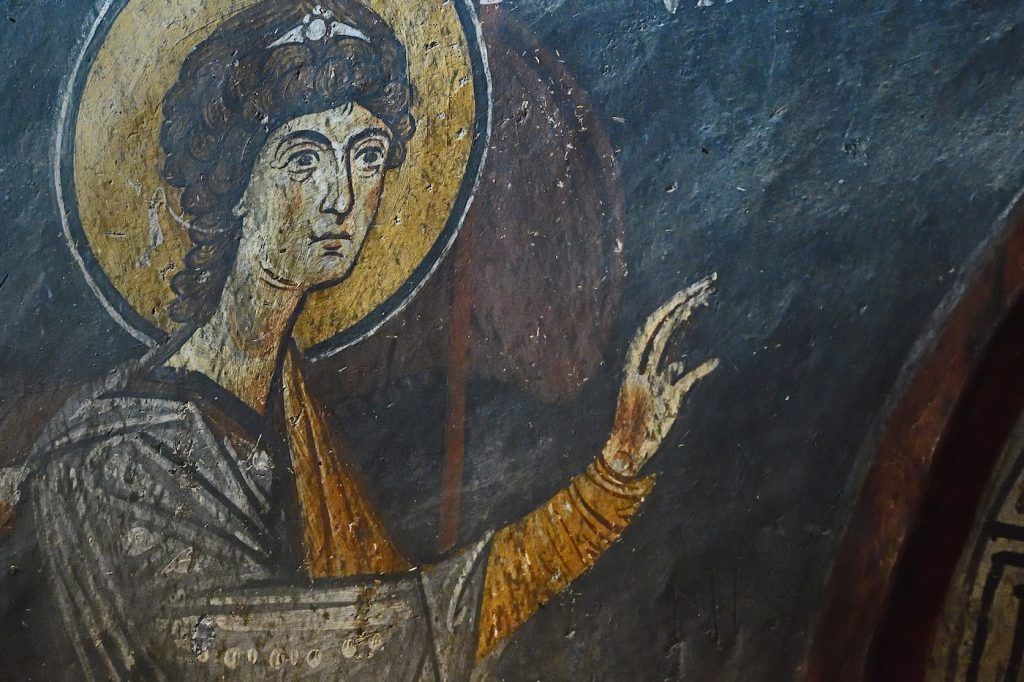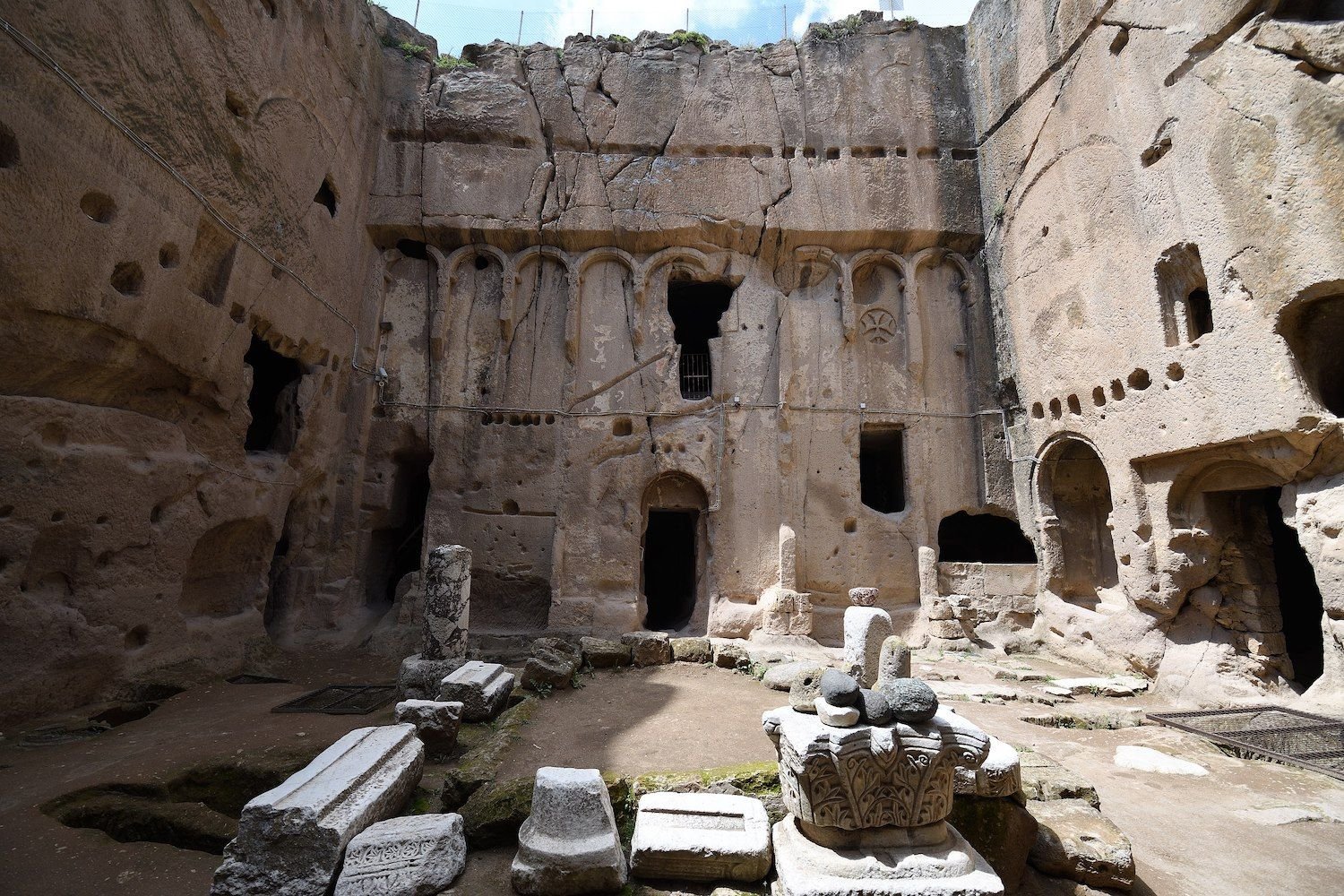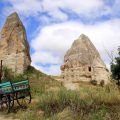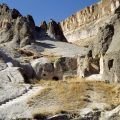Gümüşler Monastery, also known as Eski Gümüşler or Old Silver Monastery, is a fascinating Byzantine-era cave monastery located in the small town of Gümüşler, just 10 km northeast of Niğde town in Niğde province, Turkey. It is an easily accessible destination by bus from Niğde, making it a popular tourist attraction in the Cappadocia region.
The monastery was rediscovered in 1962 and subsequently restored by a team of archaeologists led by Michael Gough. It was declared a protected archaeological site in 1973. The monastery is carved out of a large stretch of rock and is one of the best preserved and largest of its kind in the Cappadocia region. Scholars divide Cappadocia’s many rock-cut monasteries into two main types: those with dining halls and those with open courtyards. The Eski Gümüşler Monastery falls into the second group, with its different sections opening off a central courtyard.
The most important part of the monastery is the church to the north of the courtyard. The church comprises four freestanding closed aisles based on the Greek cross plan. The northern aisle contains a niche with two tombs. To the west, there are two entrances covered with a cradle vault. The church frescoes are considered to be some of the best preserved and most significant in the Cappadocia region. Three different masters are assumed to have worked on the church frescoes.

The main apse contains three bands of paintings: the highest shows Christ Enthroned with two angels to his right; the symbols of the gospel writers; and the Deisis with Mary and the disciples. The lowest band shows the Cappadocian Fathers of the church: St Basil the Great of Kayseri, Gregory of Nysa, and Gregory of Nazianzus. In the north arm of the cross, there are representations of the Annunciation, the Nativity, and the Presentation in the Temple with the figures of St John the Baptist and Saint Stephen which must have been painted by a second artist. On the inside of the narthex to the south of the entrance door, there are representations of the Virgin Mary and baby Jesus with, on either side of them, the archangels Gabriel and Michael, apparently painted by a third artist.
One of the most talked-about frescoes in the monastery is a depiction of the Virgin Mary, who appears to be smiling. However, it is believed that this is a result of careless restoration rather than an intentional part of the original artwork. The walls of the room above the narthex are painted with what appear to be images from Aesop’s Fables, which is unique for Cappadocia.
The style and iconography of the frescoes of the Eski Gümüşler Monastery resemble those in many other Cappadocian churches. The frescoes are believed to date from the 7th to 11th centuries. However, there is some controversy over whether the monastery was a monastic site or the home of a nobleman with a private chapel. This is due to the presence of the frescoes depicting Aesop’s Fables, which may suggest a non-monastic use for the site.
In conclusion, the Gümüşler Monastery is a fascinating and well-preserved example of Byzantine-era cave monasteries in the Cappadocia region. Its central courtyard, four freestanding closed aisles, and impressive frescoes make it a must-visit destination for history and art enthusiasts. Whether it was a monastic site or the private chapel of a nobleman, its historical and cultural significance




